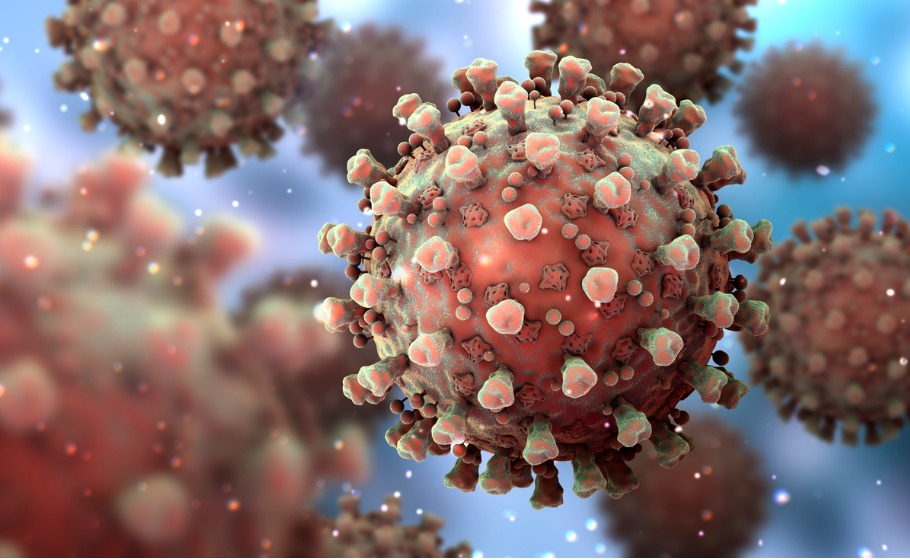
‘Double mutant’ of COVID detected, unclear if it has led to spike in cases

The cause of a rapid rise in COVID-19 cases in India has been largely unexplained. Many in the government as well as outside have blamed casual approach to various precautionary measures while there have been some expert voices talking about virus mutations of UK, Brazil and South African variety. The latest mystifying opinion centres on double mutation: when two mutated strains of a virus come together to form a third strain.
India recorded over two lakh new COVID cases in the last 24 hours on Wednesday (April 15), taking its tally to over 1.4 crore. The country reported 2,00,739 cases on Thursday (April 15) — the highest single-day spike so far since the pandemic broke out.
The double mutant (L452R plus E484Q) was announced by the National Centre for Disease Control (NCDC) on March 25 after it was identified in samples from people in Maharashtra, Delhi, and Punjab. The researchers found that two recently emerging mutants, L452R and Y453F, can escape from the restricted cellular immunity.
Media reports quoting experts said on April 15 that ‘double mutations’ have been detected among patients in 10 states, but it remained unclear if the double mutation is responsible for the phenomenal rise in COVID cases.
Also read: All talk, no vaccine, poor optics: The three COVID mistakes of Modi govt
The limited data of the National Institute of Virology (NIV) showed a break-up of 361 genome-sequenced samples collected between January and March this year. The presence of a double mutation was detected in 220, about 61 per cent, of the samples. This double variant has been classified as the ‘B.1.617’ variant.
The B.1.617 variant of SARS-CoV-2 (the virus that causes COVID) carries two mutations, E484Q and L452R. Both are separately found in many other variants, but they have been reported together for the first time in India.
The B.1.617 was first reported from Maharashtra. In January, 19 samples from various districts were sequenced, and B.1.617 was found in four. In February, 234 samples were sequenced from 18 districts, and 151 samples — from at least 16 districts — had this variant. And in March, as many as 65 of 94 samples had it, The Indian Express said.
Also read: In Norway, even PM not above COVID law — fined $2,300 for birthday bash
Delhi has a mix of the UK strain of the virus as well strains with double mutations. In Punjab, the British strain was found in 80 per cent of people with COVID. Around 60 per cent of the cases in Maharashtra have the doubt mutant strain, although capital Mumbai has not reported it.
At least 18 states in the country have reported the UK strain of the coronavirus, media reports said. The presence of the South African and the Brazilian variants is limited to a fewer districts.

